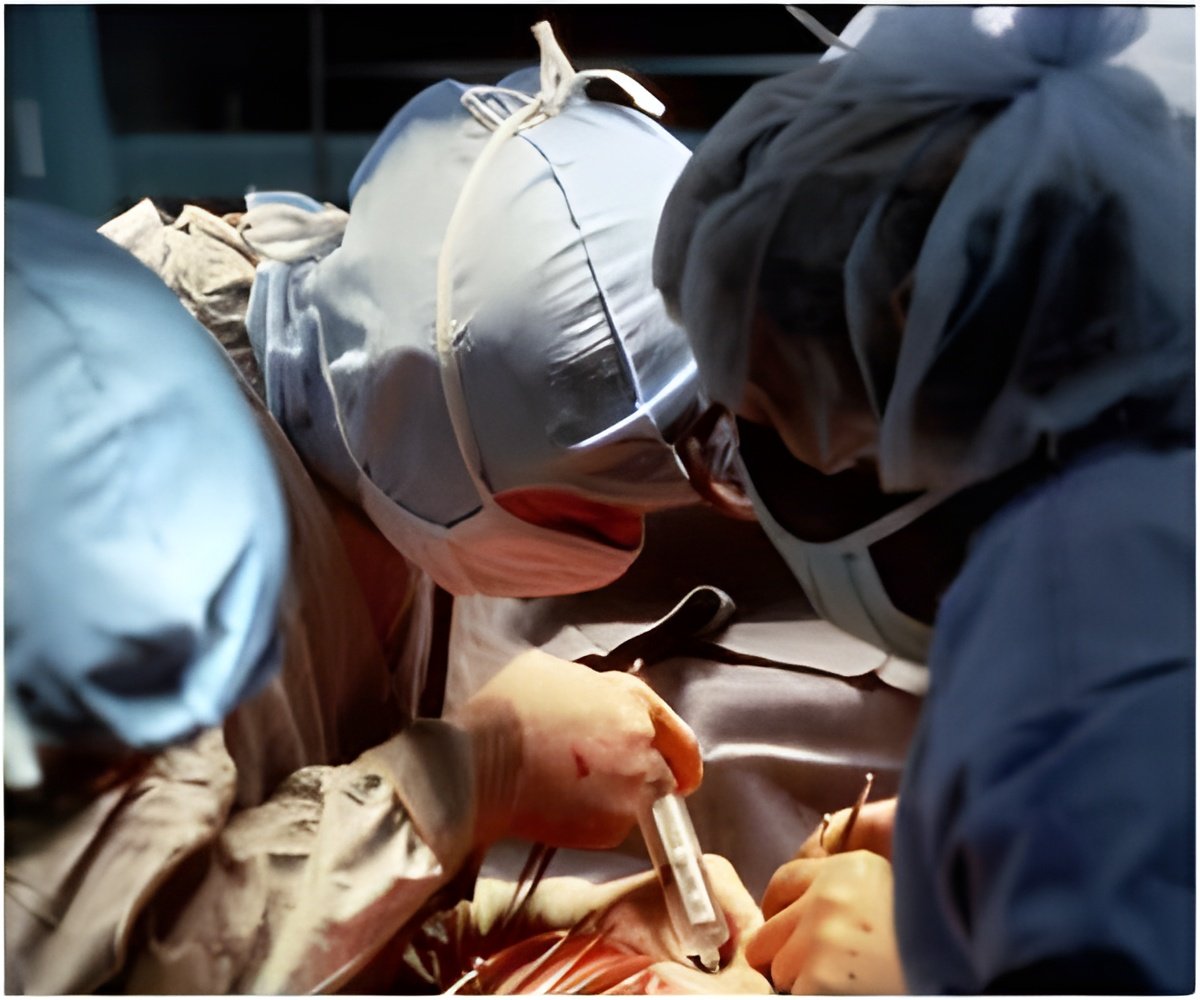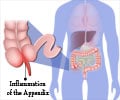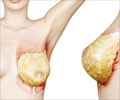It is well-known that reconnecting severed blood vessels is mostly done the same way today as it was 100 years ago

In animal studies, a team led by Stanford microsurgeon Geoffrey Gurtner, MD, used a poloxamer gel and bioadhesive rather than a needle and thread to join together blood vessels, a procedure called vascular anastomosis. Results of the research will be published online Aug. 28 in Nature Medicine. Lead authors of the study were Stanford postdoctoral scholar Edward Chang, MD, and surgery resident Michael Galvez, MD.
The big drawback of sutures is that they are difficult to use on blood vessels less than 1 millimeter wide. Gurtner began thinking about alternatives to sutures about a decade ago. "Back in 2002, I was chief of microsurgery at Bellevue in New York City, and we had an infant — 10 to 12 months old — who had a finger amputated by the spinning wheel of an indoor exercise bike," said Gurtner, senior author of the study and professor of surgery. "We struggled with reattaching the digit because the blood vessels were so small — maybe half a millimeter. The surgery took more than five hours, and at the end we were only able to get in three sutures.
"Everything turned out OK in that case," he continued. "But what struck me was how the whole paradigm of sewing with a needle and thread kind of falls apart at that level of smallness."
Sutures are troublesome in other ways, too. They can lead to complications, such as intimal hyperplasia, in which cells respond to the trauma of the needle and thread by proliferating on the inside wall of the blood vessel, causing it to narrow at that point. This increases the risk of a blood clot getting stuck and obstructing blood flow. In addition, sutures may trigger an immune response, leading to inflamed tissue that also increases the risk of a blockage.
The new method could sidestep these problems. "Ultimately, this has the potential to improve patient care by decreasing amputations, strokes and heart attacks while reducing health-care costs," the authors write in the study.
Advertisement
Shortly after arriving at Stanford in 2005, Gurtner approached fellow faculty member Gerald Fuller, PhD, professor of chemical engineering and the Fletcher Jones II Professor in the School of Engineering, about whether he knew of a substance that could be turned easily from a liquid to a solid and back to a liquid again, and that would also be safe to use in vascular surgery. Fuller immediately suggested a Food and Drug Administration-approved thermoreversible poloxamer called Poloxamer 407. It is constructed of polymer blocks whose properties can be reversed by heating.
Advertisement
The researchers used a simple halogen lamp to heat the gel. In tests on animals, the technique was found to be five times faster than the traditional hand-sewn method, according to the study. It also resulted in considerably less inflammation and scarring after two years. The method even worked on extremely slim blood vessels — those only 0.2 mm wide — which would have been too tiny and delicate for sutures. "That's where it really shines," Gurtner said.
Dermabond, a surgical sealant, was used to attach the ends of the blood vessels together.
Poloxamers have been used before as a vehicle for delivering drugs, including chemotherapeutics, vaccines and anti-viral therapies. Researchers have used Poloxamer 407 to occlude blood vessels in experimental animals for the purpose of evaluating the gel's safety and efficacy in so-called "beating heart surgery," in which certain vessels need to be temporarily blocked to improve visibility for the surgeons performing a coronary artery bypass.
Although other sutureless methods have been developed, they generally have not produced better outcomes, the authors said. "Often, the use of microclips, staples or magnets is itself traumatic to blood vessels leading to failure rates comparable to or higher than sutured anastomoses," they wrote.
"This is a novel approach to anastomosis that could play a valuable role in microvascular surgery," said Frank Sellke, MD, chief of cardiothoracic surgery at Brown University Medical Center and associate editor of the Journal of Thoracic and Cardiovascular Surgery, who was not involved in the study. "But it really needs to show that it holds up in clinical trials."
The authors say further testing on large animals is needed before human trials can begin, but they note that all of the components used in the technique are already approved by the FDA. "This technology has the potential to progress rapidly from the 'bench to bedside,'" they write.
Gurtner said he believes the new technique could satisfy a huge unmet need and prove especially useful in minimally invasive surgeries, in which manipulating sutures takes on a whole new level of difficulty.
Michael Longaker, MD, the Deane P. and Louise Mitchell Professor in the School of Medicine and a co-author of the study, called the technique a "potential game-changer."
"When you're bringing together hollow tubes, whether they're large structures, like the colon or the aorta, or a small structure, like a vein in the finger of a child, you're always worried about lining them up directly and effectively sealing them," Longaker said. "The technique that Dr. Gurtner has pioneered could allow surgeons to perform anastomosis more quickly and with improved precision."
He continued: "Coming up with this solution was the result of the classic Stanford model of bringing together researchers from a variety of disciplines."
Source-Eurekalert












